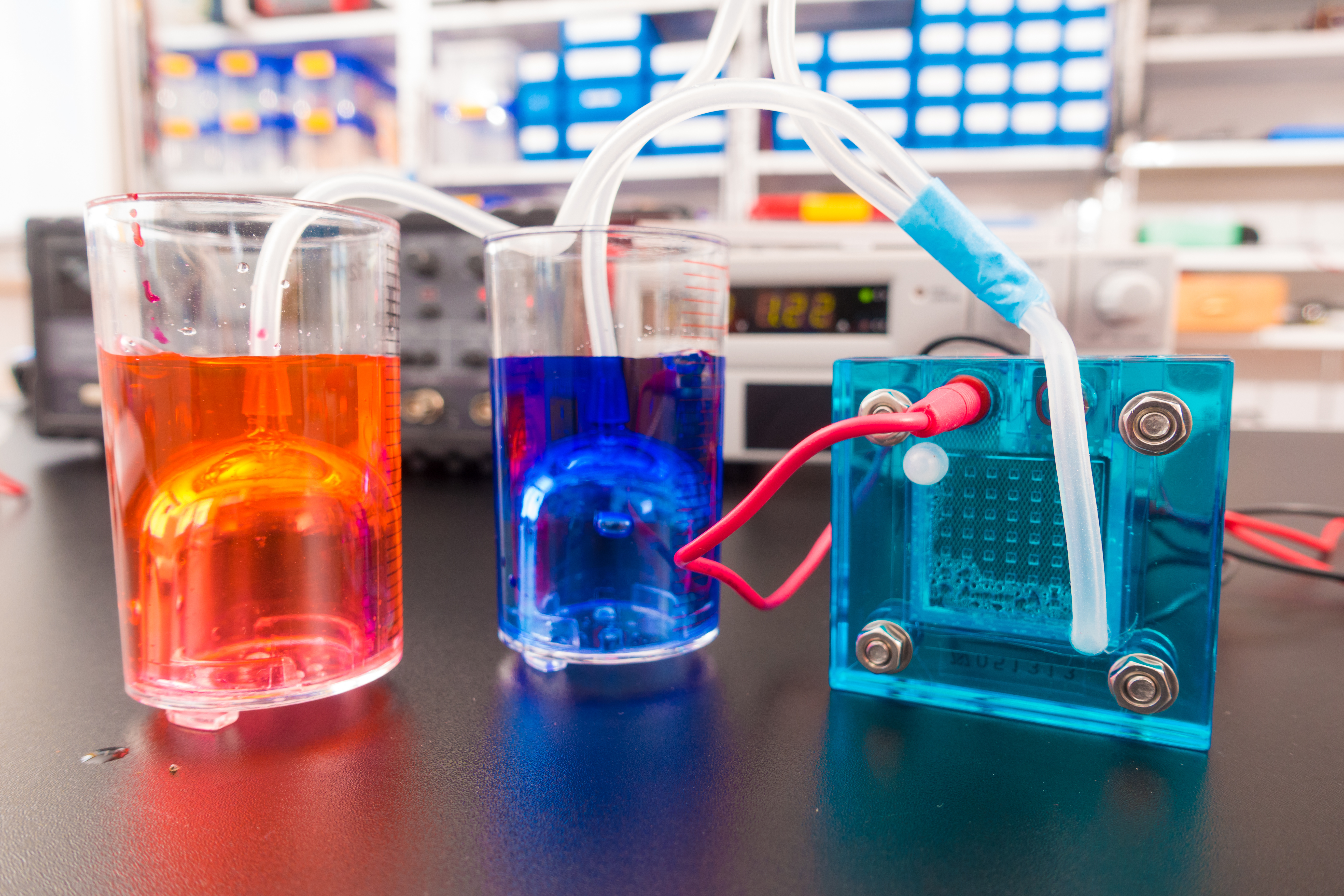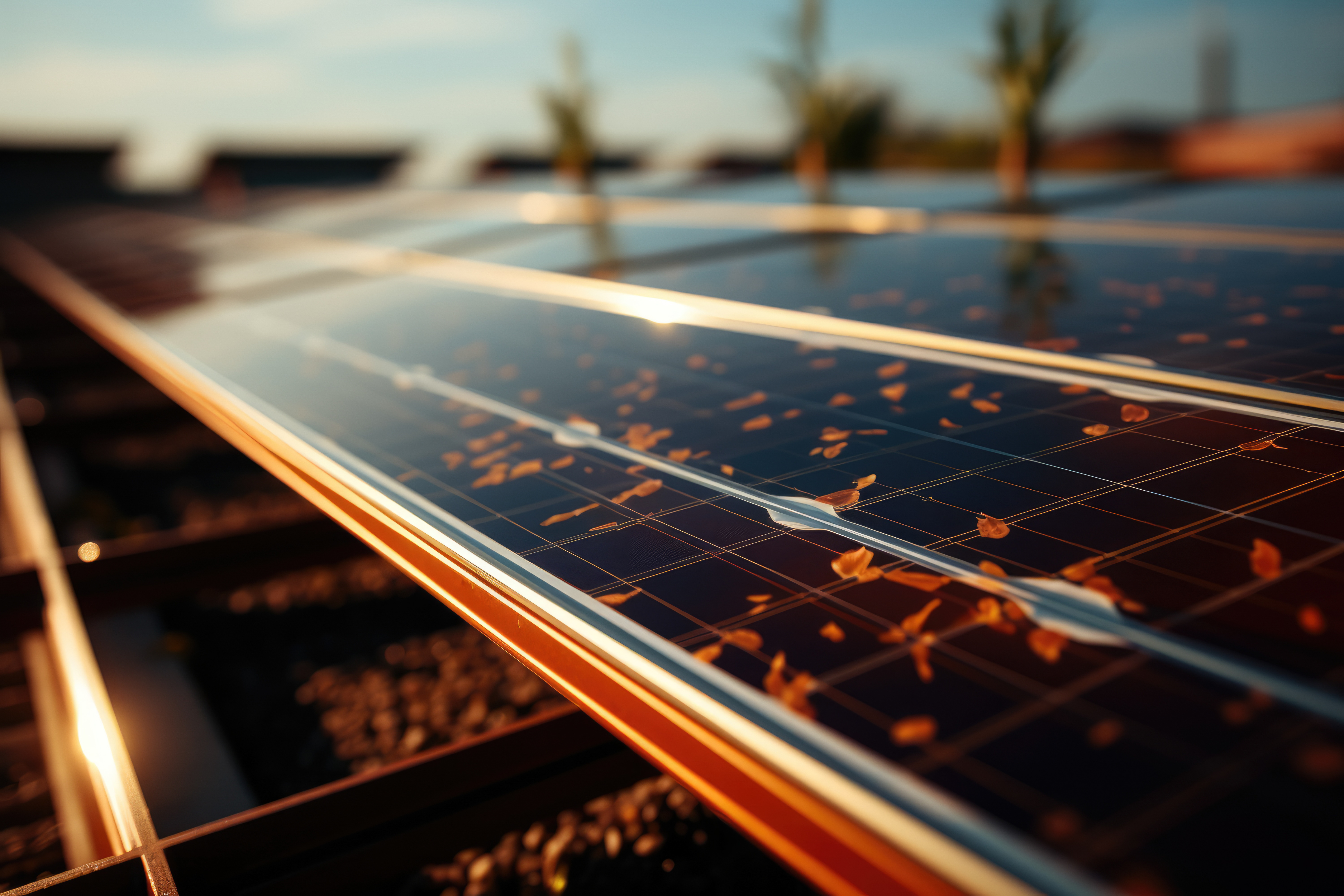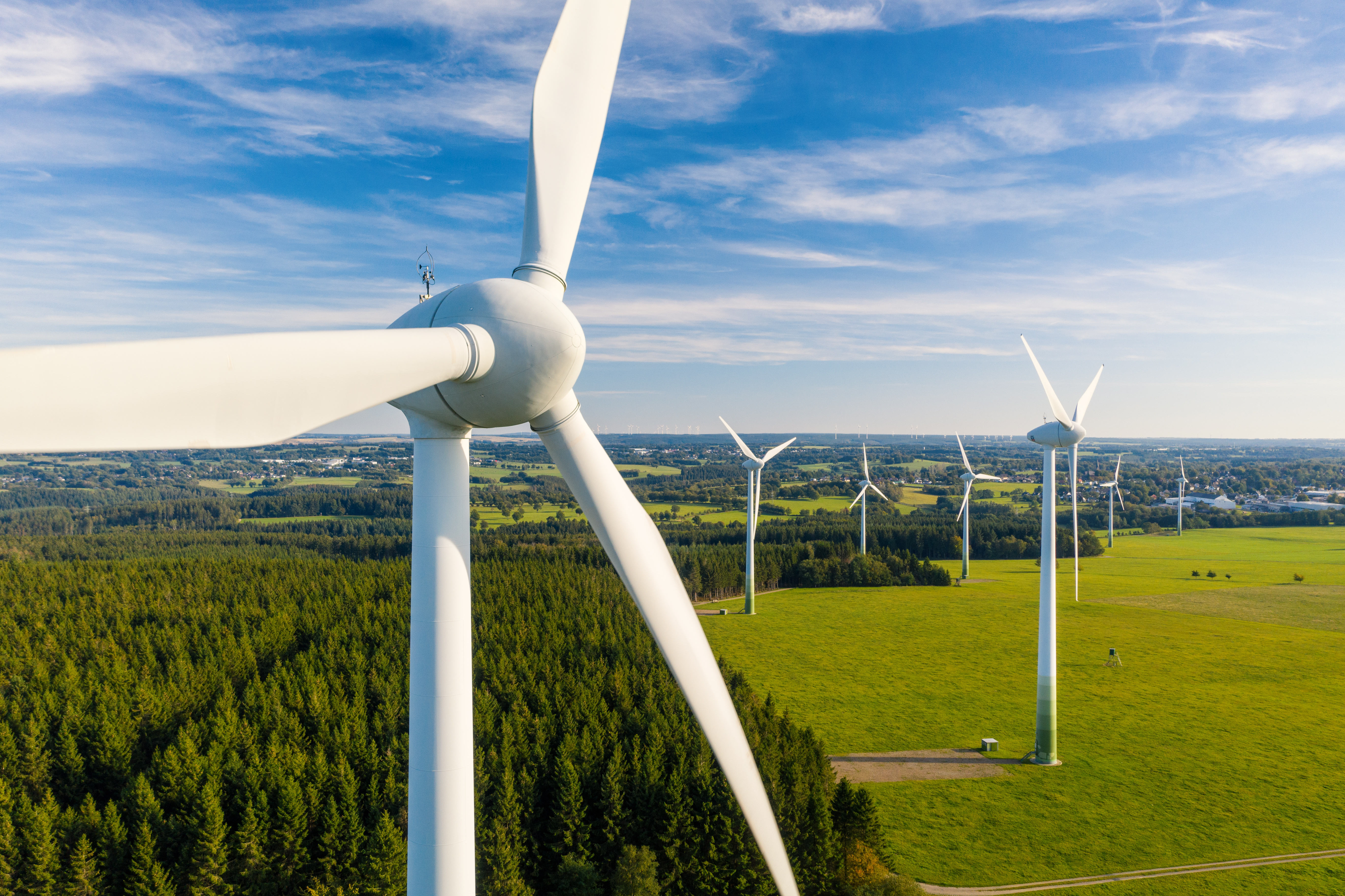energy conversion
Energy conversion refers to the process of transforming energy from one form into another. This concept is fundamental in all energy use, as different forms of energy are more suitable for specific tasks than others. The ability to convert energy from readily available and renewable sources into electricity or mechanical power has significant implications for technology, industry, and environmental policy.
Harnessing the power of nature, energy conversion systems such as solar farms and wind turbines are pivotal in the global shift towards sustainable power solutions. On the cutting edge of technology, fuel cells represent another significant advancement in energy conversion. Fuel cells generate electricity through a chemical reaction, typically involving hydrogen and oxygen, with water and heat as the only byproducts.

Fuel cells are categorized as energy conversion devices. They convert the chemical energy from fuels, typically hydrogen, directly into electricity through an electrochemical reaction that involves hydrogen and oxygen, producing water as a byproduct. This process is highly efficient, clean, and quiet, making fuel cells particularly valuable in applications where reducing emissions is crucial, such as in stationary power generation, backup power systems, and as power sources in vehicles.
Fuel cells provide continuous energy as long as fuel is supplied, distinguishing them from batteries which require recharging and have finite energy storage capacities. Fuel cells can be used in a wide range of applications, providing power for applications across multiple sectors, including transportation, industrial/commercial/residential buildings, and long-term energy storage for the grid in reversible systems.
binding agents
Binding agents help in maintaining the structural integrity of the fuel cell components. They ensure that the catalyst layers and other materials within the cell stay intact and properly positioned, which is vital for consistent performance and efficiency. These agents are used to enhance the electrical connectivity within the catalyst layer. They help in establishing a continuous network that facilitates electron flow from the catalytic sites to the external circuit, which is essential for the efficient generation of electricity. Fuel cells are subjected to various mechanical and thermal stresses during operation. Binding agents improve the mechanical strength of the components, helping to resist degradation from these stresses and thereby extending the lifespan of the fuel cell.
maleic anhydride, binding agent
Binding agents play a crucial role in the performance and durability of fuel cells, particularly in polymer electrolyte membrane (PEM) fuel cells. Binding agents are essential for optimizing the performance, durability, and cost-effectiveness of fuel cells by ensuring structural integrity, enhancing electrical connectivity, and managing physical and thermal stresses. The adhesion properties of Zemac Compatibilizers can be crucial in creating effective bonds between different materials, ensuring that the cell operates efficiently and withstands operational stresses.
Solar farms are large-scale installations of solar panels that convert sunlight directly into electricity using photovoltaic (PV) technology. They can range from small, community-based projects to massive industrial operations covering hundreds of acres. Solar farms use Photovoltaic (PV) Panels (comprised of semiconductor materials (commonly silicon), which generate electricity when exposed to sunlight), and Concentrated Solar Power (CSP) (uses mirrors or lenses to concentrate sunlight onto a small area to produce heat, which then generates electricity through conventional steam turbines). Solar energy is abundant, sustainable, and produces no emissions during operation.


Wind energy is captured by wind turbines, sometimes still colloquially referred to as "wind mills." These turbines convert the kinetic energy from wind into mechanical power, which can then be converted into electricity. Wind farms, consisting of many turbines, are established in areas with consistent, strong winds. Key aspects include onshore wind farms (located on land, generally easier and cheaper to install but can face opposition due to noise and visual impact), and offshore wind farms (located off the coast in bodies of water, benefitting from stronger and more consistent winds, though more expensive and technically challenging to install). Wind energy is one of the fastest-growing renewable energy sources worldwide due to its low operating costs and the absence of greenhouse gas emissions during operation.
